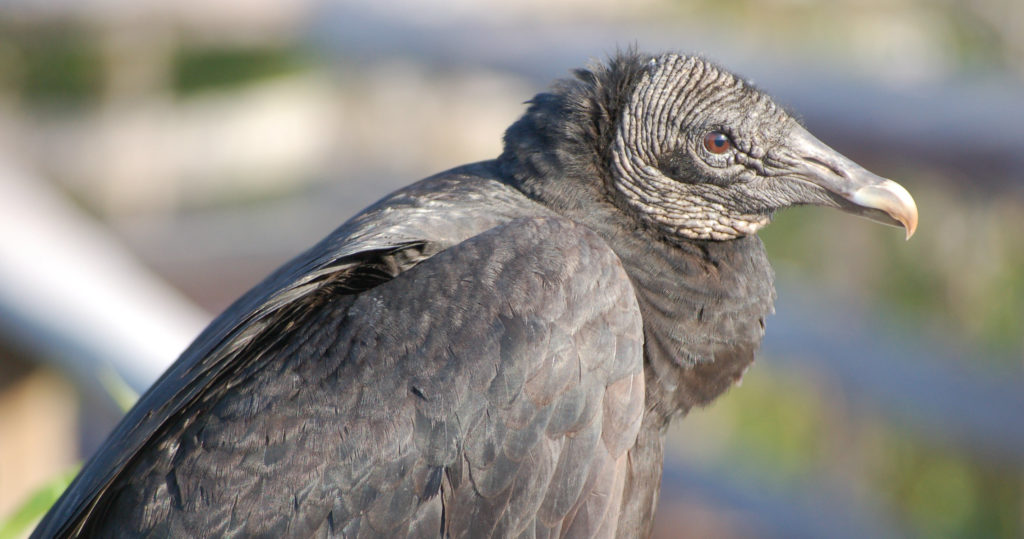In this activity, students learn what a crow’s nest looks like, how it’s built and get a chance to make their own.
North American Crows do not breed until they are at least two years old, and most do not breed until they are four or more. In most populations the young help their parents raise young for a few years. Families may include up to 15 individuals and contain young from five different years.
During much of the year, individual crows leave the home territory to join large flocks foraging at dumps and agricultural fields, and to sleep in large roosts in winter. In Spring, crows build a nest for their eggs and young, starting around March or April. Both members of a breeding pair help build the nest. Young birds from the previous year sometimes help as well.
These birds build large nests in trees, the higher the better for safety. Crows typically hide their nests in a crotch near the trunk of a tree or on a horizontal branch, generally towards the top third or quarter of the tree. They prefer to nest in evergreens, but will nest in deciduous trees when evergreens are less available. Nests can be 50cm or more wide, large than the birds are long!
Adult crows will gather all sorts of material to build their nests. Crows are very intelligent and great scavengers. They may use human-made products to their nests if they will work with their design. Commonly added materials include lint, cloth, twine, hair, or other soft materials. It takes about two weeks to build their nests, which they leave once their young can fly.

From the ground, American Crow nests may look chaotic or messy, in fact, they are designed. There are two main sections to a crow’s nest. The majority of the nest is the outside section and is made up of large twigs woven together. Some of these twigs will stick outwards, making the nest look messy. Near the center of the nest, the sticks are tightly woven. The innermost section is made with softer materials, like moss and plant fibers. These fibers act as both cushioning and insulation for the 3-9 eggs, and young.


 copy.jpg)